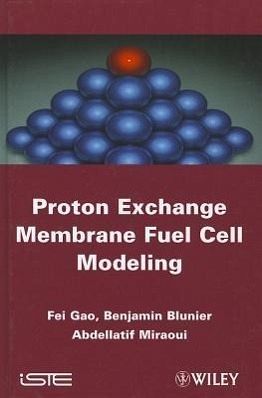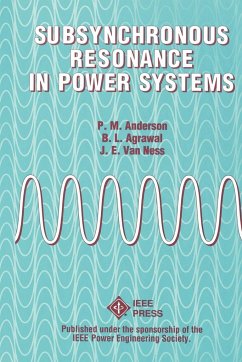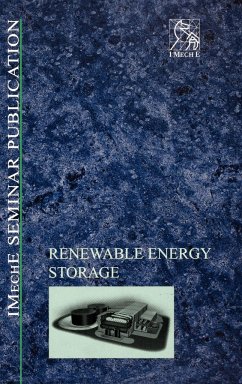
Proton Exchange Membrane Fuel Cells Modeling
Versandkostenfrei!
Versandfertig in über 4 Wochen
159,99 €
inkl. MwSt.
Weitere Ausgaben:

PAYBACK Punkte
80 °P sammeln!
The fuel cell is a potential candidate for energy storage and conversion in our future energy mix. It is able to directly convert the chemical energy stored in fuel (e.g. hydrogen) into electricity, without undergoing different intermediary conversion steps. In the field of mobile and stationary applications, it is considered to be one of the future energy solutions. Among the different fuel cell types, the proton exchange membrane (PEM) fuel cell has shown great potential in mobile applications, due to its low operating temperature, solid-state electrolyte and compactness. This book presents ...
The fuel cell is a potential candidate for energy storage and conversion in our future energy mix. It is able to directly convert the chemical energy stored in fuel (e.g. hydrogen) into electricity, without undergoing different intermediary conversion steps. In the field of mobile and stationary applications, it is considered to be one of the future energy solutions. Among the different fuel cell types, the proton exchange membrane (PEM) fuel cell has shown great potential in mobile applications, due to its low operating temperature, solid-state electrolyte and compactness. This book presents a detailed state of art of PEM fuel cell modeling, with very detailed physical phenomena equations in different physical domains. Examples and a fully coupled multi-physical 1.2 kW PEMFC model are given help the reader better understand how to use the equations.













